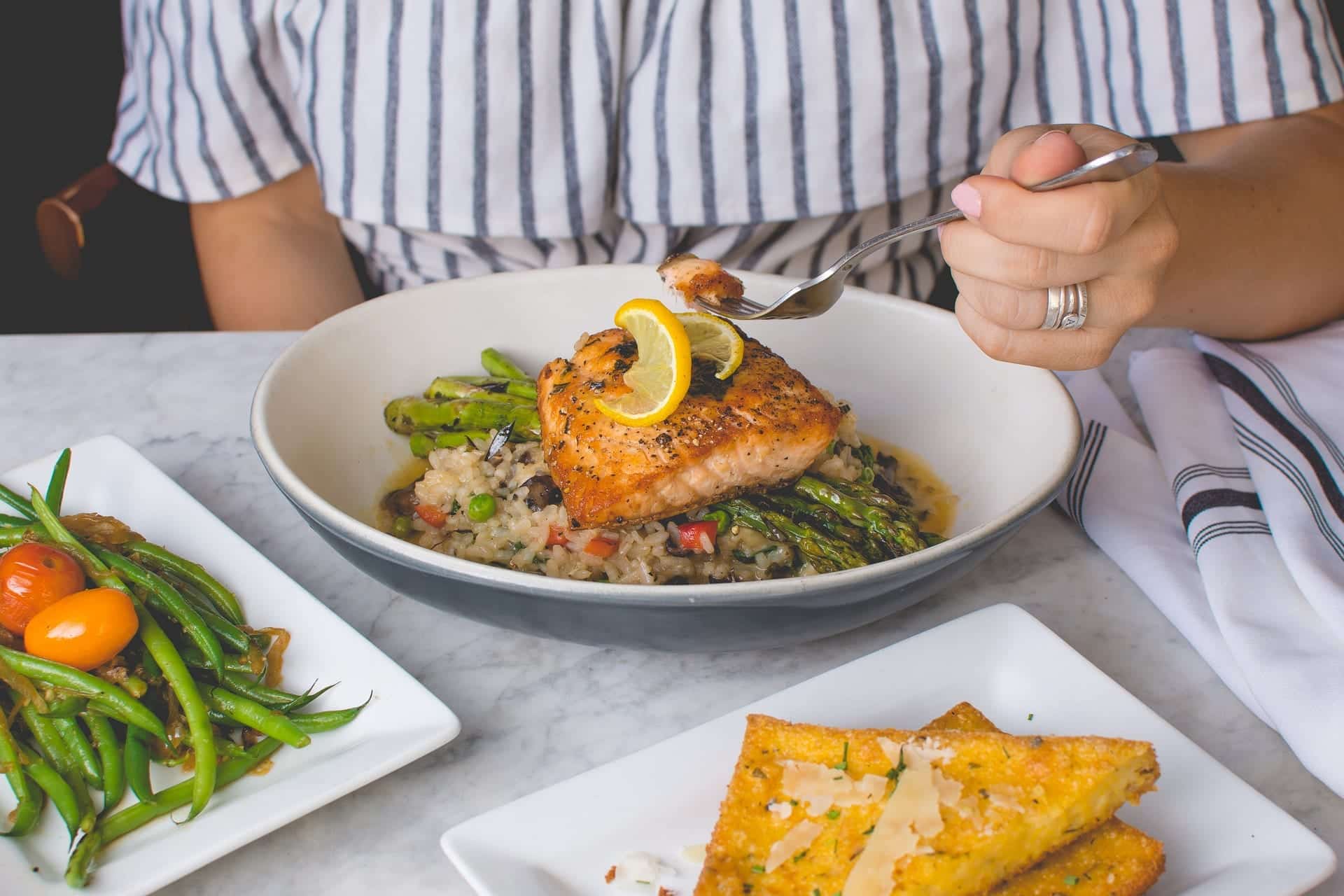
Is seafood healthy? It may be an age-old question, but it’s as much worth asking as answering with an emphatic yes! It is often recommended for its healthy omega-3 fatty acids, including seafood, in your diet, which will deliver numerous health benefits.
A Quick Guide to the Health Benefits of Seafood
Many types of fish and shellfish are nutrient-rich, high-protein, and low in calories. As a food source, seafood tastes good but is low in total fat, saturated fat, and vitamins and minerals. Notably, it has fat-soluble vitamin D, which is hard to get from any food source but is essential for everyone’s health and diet. Studies have found that a seafood diet also decreases risks of heart attack, stroke, obesity, and hypertension, improves eyesight, increases brain function, and helps prevent degeneration. It is also an excellent source of essential nutrients for pregnant women, developing infants, and children.
How Seafood Can Support a Healthy Diet
No single food can ensure a person remains one hundred percent healthy like any good thing. All would agree that a leading factor in maintaining one’s health is a healthy diet—good eating habits and a balanced diet based on moderation with various vegetables, proteins, and carbs. One does not have to convert to a complete pescatarian diet, avoiding all and any meat for eating fish only. Not all fish are healthy. Consuming too much predatory fish, such as swordfish, king mackerel, tropical tuna, or shark, can have detrimental health effects. Predatory fish carry higher levels of mercury than other fish species, as they not only absorb mercury from the marine environment in which they live but retain the mercury from the fish they eat.
Knowing what seafood to consume and how often is the key to getting the most from a seafood diet. Because we are all creatures of habit, when people think of having seafood for dinner, most will consider only having their favorite type of fish or chowder. However, seafood encompasses any type or form of food derived from water. It is not simply fish then, like haddock, hake, herring, salmon, or trout, but shellfish like oysters, clams, scallops, and mussels in the mollusk and crabs, crayfish, lobster, and shrimp in the crustacean family. Even sea vegetables like seaweed and algae are considered seafood.
Having a serving of seafood at least twice a week is enough to receive its health benefits. However, two studies published in the NIH National Library of Medicine found that eating seafood servings thrice weekly can reduce your risk of premature death from any health-related causes.
Be Mindful of Your Seafood Intake
The amount of seafood to consume depends on the choice of seafood first, combined with the serving size. The FDA distinguishes between “Best Choices” and “Good Choices.” Best Choice seafood can be consumed twice or thrice a week, whereas Good Choice should be limited to once a week. Best choices include shellfish such as clams, oysters, scallops, lobster, shrimp, and crab, and such fishes as haddock, pollock, hake, flounder, sardines, Atlantic mackerel, herring, perch, trout, and salmon. Good Choice recommendations include mahi-mahi, grouper, halibut, monkfish, albacore tuna (fresh or canned), snapper, and striped bass. The FDA advises against consuming predatory fish, as mentioned, due to their high mercury levels. To view the complete list, visit the FDA’s Advice About Eating Fish. The site also includes information “For Women Who Are or Might Become Pregnant, Breastfeeding Mothers, and Young Children.”
After a choice of seafood has been selected, the correct portions are just as important. Because serving sizes can vary for each adult, the FDA recommends using the palm of your hand as a “handy” guide to determine portions. That said, on average, a serving size is 4 ounces for adults. For children, a serving would equal 1 ounce at age 2, gradually increasing with age up to 4 ounces when they turn 11.
Whether saltwater or freshwater fish, or shellfish, seafood is a nutrient-rich source of protein, vitamins, and minerals, and rich in omega-3 fatty acids, seafood is best served baked, broiled, grilled, or poached rather than fried, which only adds unnecessary saturated fats and calories. Whatever recipe you choose, eating more seafood each week can help you lead a healthy, long life.
Order FRESH live lobsters or fresh-picked meat online for delivery directly to your door! We also offer curbside pick-up at our South Portland location if you live locally – call for details and to place your order over the phone! Feel free to contact us— we will happily answer any of your questions.
